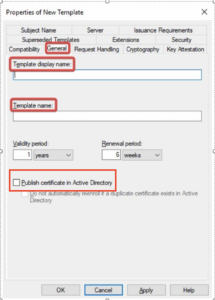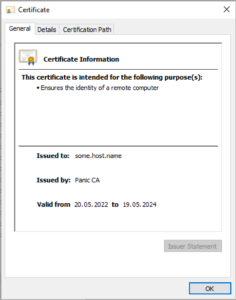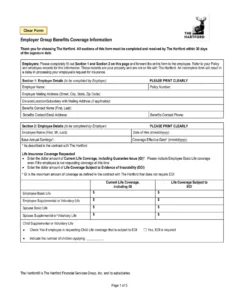Utilizing a structured format for obtaining proof of insurance provides several advantages. It streamlines the process, reduces ambiguity, and ensures consistency in the information received. This allows for efficient verification of coverage adequacy, mitigating potential liabilities and facilitating informed decision-making. Having readily available proof of insurance fosters trust and transparency between parties involved in business transactions, contracts, or projects where risk mitigation is paramount.
This article will further explore the essential components of these solicitations, various methods of delivery, and best practices for managing the process effectively.
Key Components of a Standardized Insurance Verification Request
Effective verification of insurance coverage relies on a comprehensive request. Essential components ensure clarity and completeness, facilitating efficient processing and mitigating potential misunderstandings.
1: Requester Information: Clear identification of the party soliciting the proof of insurance, including full legal name, address, and contact details.
2: Requested Insured Information: Full legal name and address of the individual or organization whose insurance coverage is being verified.
3: Project or Contract Information: If applicable, details regarding the specific project, contract, or agreement associated with the insurance requirement. This may include project name, location, and contract number.
4: Required Coverage Types and Limits: Specific types of insurance coverage required (e.g., general liability, commercial auto, workers’ compensation) along with the necessary minimum limits for each.
5: Additional Insured Status: If the requester needs to be listed as an additional insured on the policy, this must be clearly stated, specifying the required endorsement wording.
6: Waiver of Subrogation: If a waiver of subrogation is required, this should be explicitly stated in the request.
7: Delivery Instructions: Clear instructions on how the certificate of insurance should be delivered (e.g., email, mail, fax) and the required delivery timeframe.
8: Specific Requirements or Endorsements: Any additional specific requirements or endorsements needed beyond standard coverage should be clearly outlined.
Accurate and detailed information within these components facilitates prompt processing, reduces potential delays, and ensures the provided documentation meets the necessary requirements for adequate risk management.
How to Create a Request for Certificate of Insurance
Creating a standardized request ensures clarity, completeness, and efficiency in obtaining necessary insurance verification. A well-structured request facilitates timely processing and reduces potential ambiguities.
1: Utilize a Template: Starting with a template ensures consistency and inclusion of all essential elements. Templates are readily available online or can be created using standard software.
2: Populate Requester Information: Accurately input the requesting party’s full legal name, address, and contact information. Clarity in this section ensures proper routing and timely communication.
3: Specify Insured Party Details: Clearly identify the individual or organization whose insurance coverage is required. Include their full legal name and address for accurate verification.
4: Detail Project/Contract Information: If applicable, provide relevant project or contract details, including the name, location, and associated contract number. This contextual information clarifies the purpose of the request.
5: Outline Coverage Requirements: Specify the types and minimum limits of insurance coverage required. Common types include general liability, commercial auto, and workers’ compensation. Clarity on these requirements prevents inadequate coverage from being accepted.
6: Address Additional Insured Status: If additional insured status is required, clearly state this requirement and specify the desired endorsement language. This ensures proper coverage extension to the requesting party.
7: Include Waiver of Subrogation: If a waiver of subrogation is necessary, state this requirement explicitly within the request. This protects against potential legal complications.
8: Provide Clear Delivery Instructions: Specify the preferred delivery method (e.g., email, mail, fax) and desired timeframe for receiving the certificate of insurance. This facilitates prompt processing and avoids delays.
A thorough and well-structured request using a standardized template provides a clear framework for obtaining necessary insurance verification. This promotes efficient communication, mitigates potential liabilities, and ensures adequate risk management.
Standardized forms for requesting proof of insurance coverage serve as a crucial tool for risk management in various business contexts. These structured requests facilitate clear communication of coverage requirements, streamline the verification process, and ensure compliance with contractual obligations. Accuracy in completing these requests, including specifying necessary coverage types, limits, and endorsements, is essential for mitigating potential liabilities and fostering transparency between parties. Effective management of these requests contributes to sound business practices and promotes financial security.
Diligence in utilizing these standardized forms strengthens contractual relationships, protects against unforeseen financial burdens, and promotes a culture of proactive risk mitigation. A comprehensive understanding of these processes and their implications remains paramount for informed decision-making and sustained business success.


